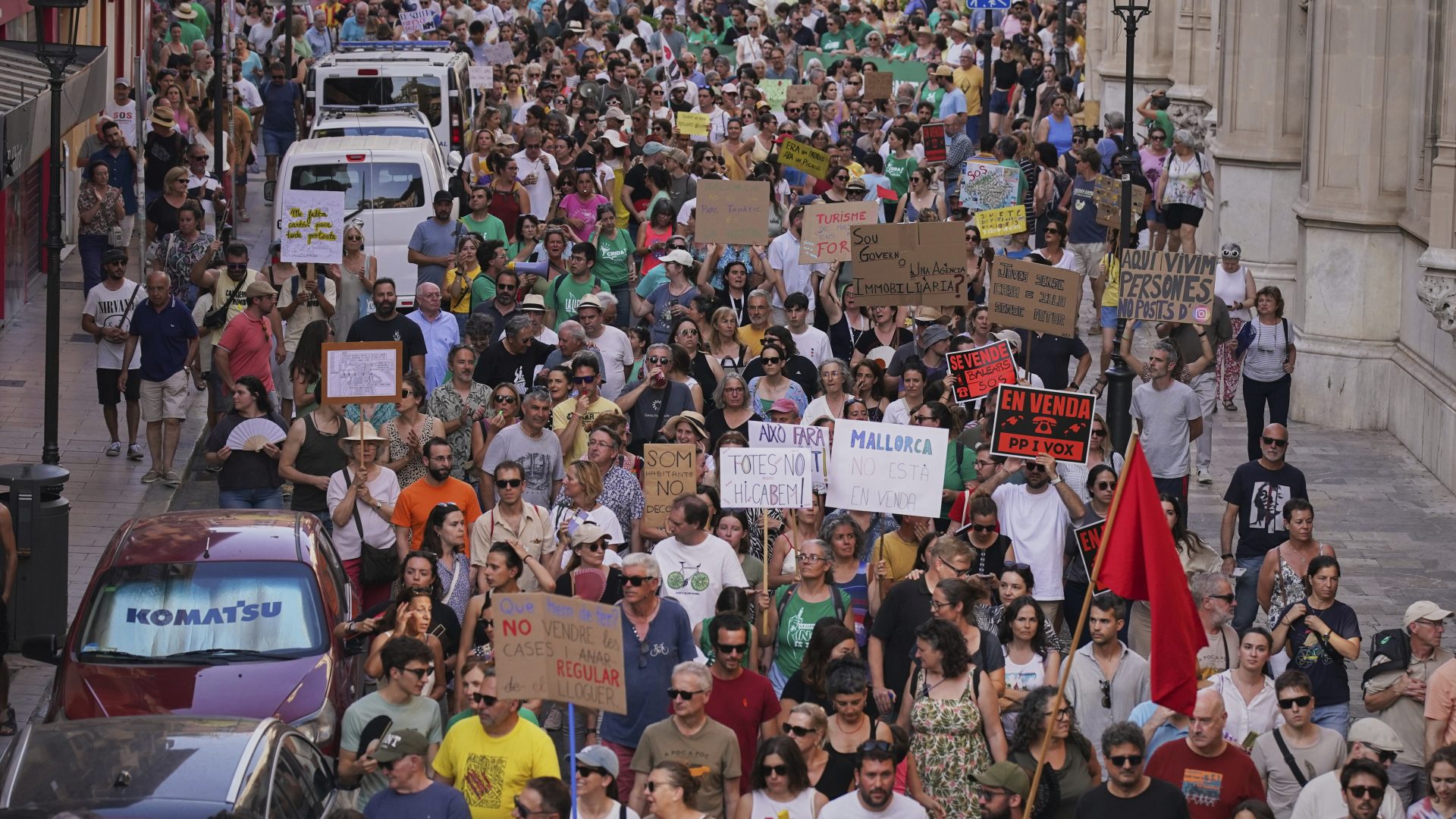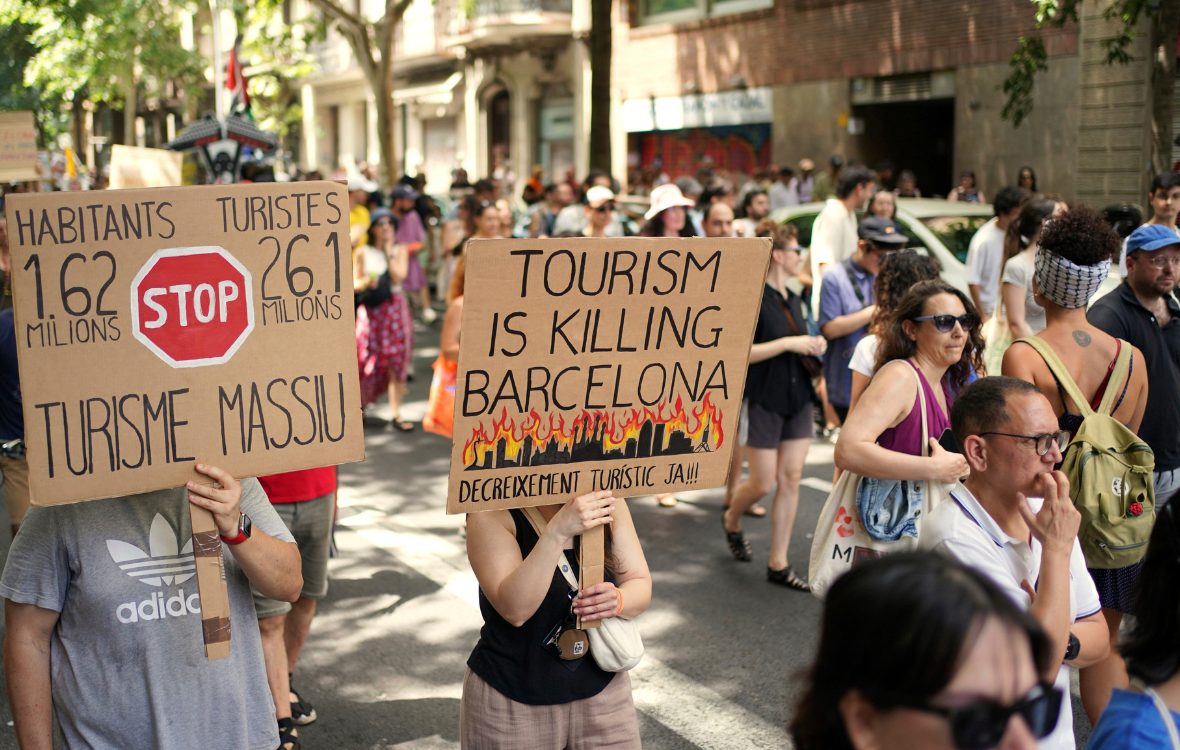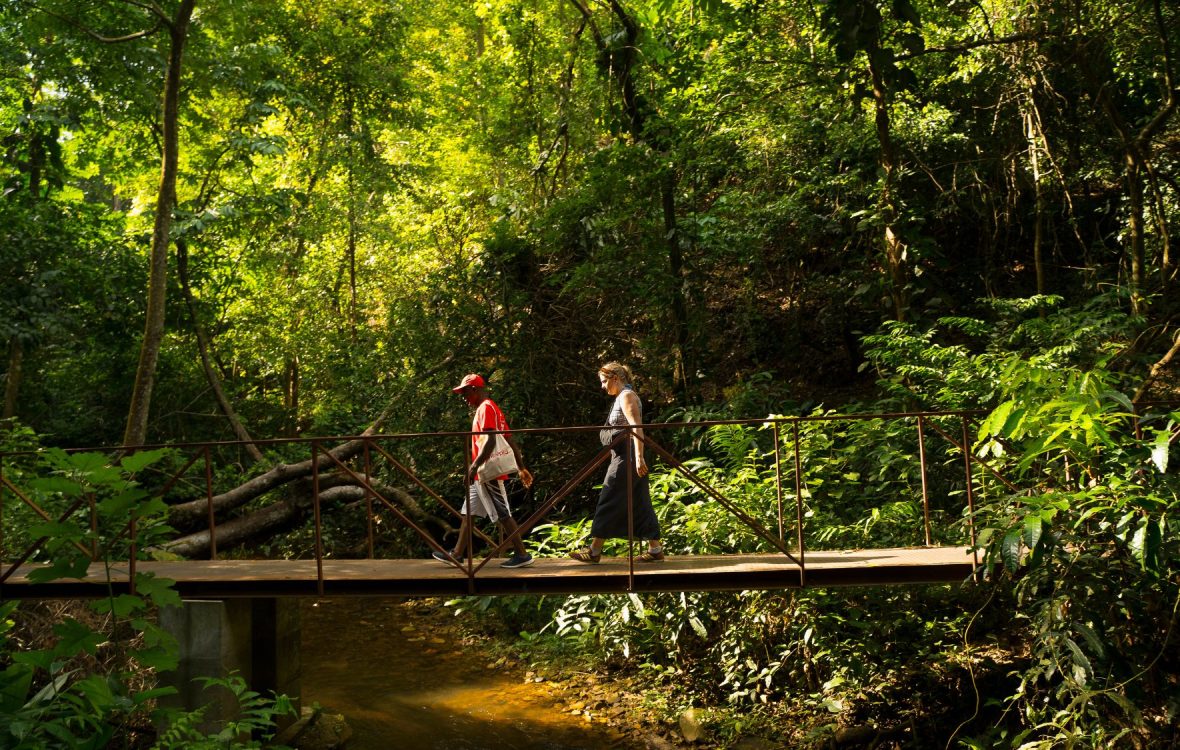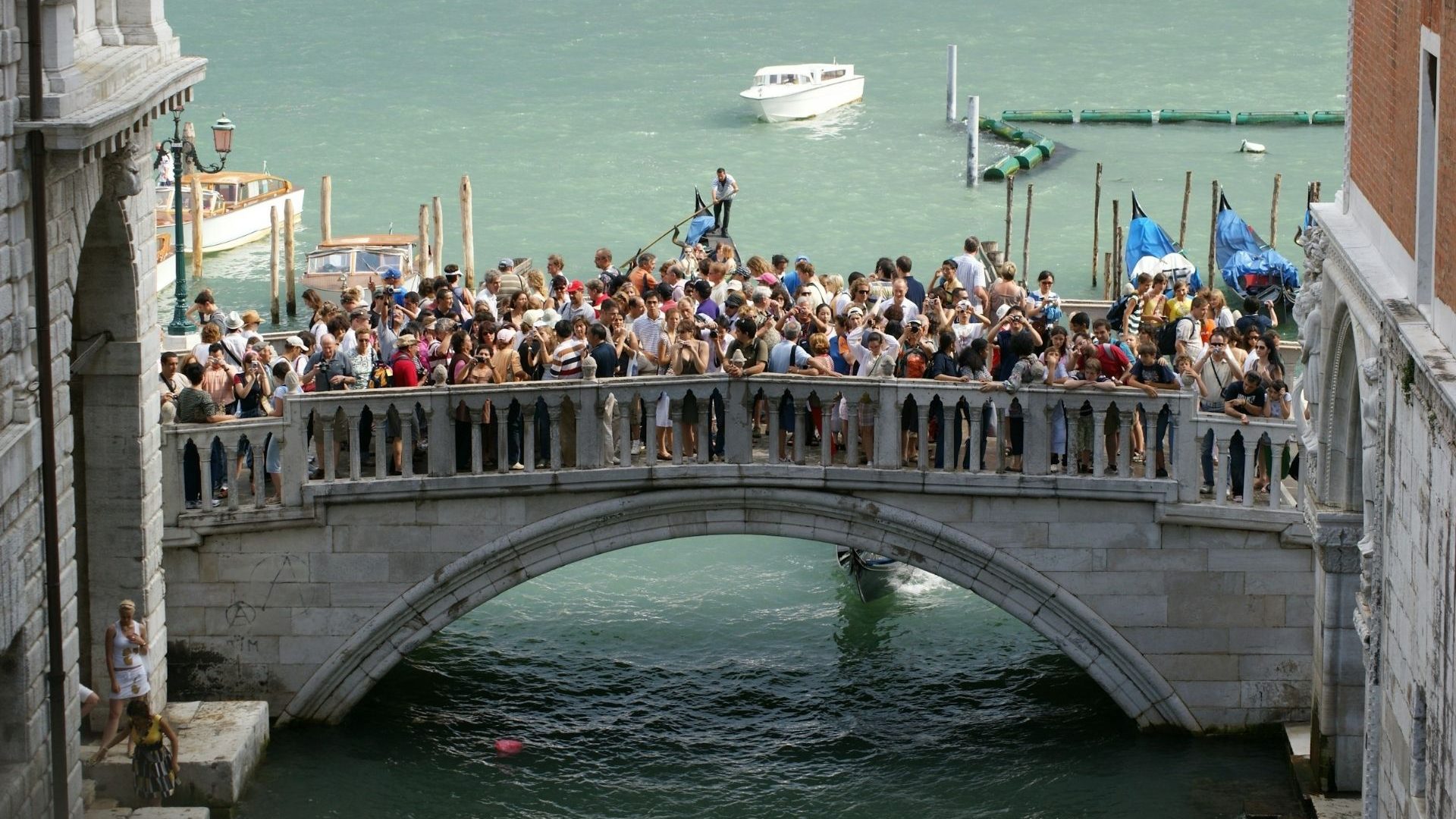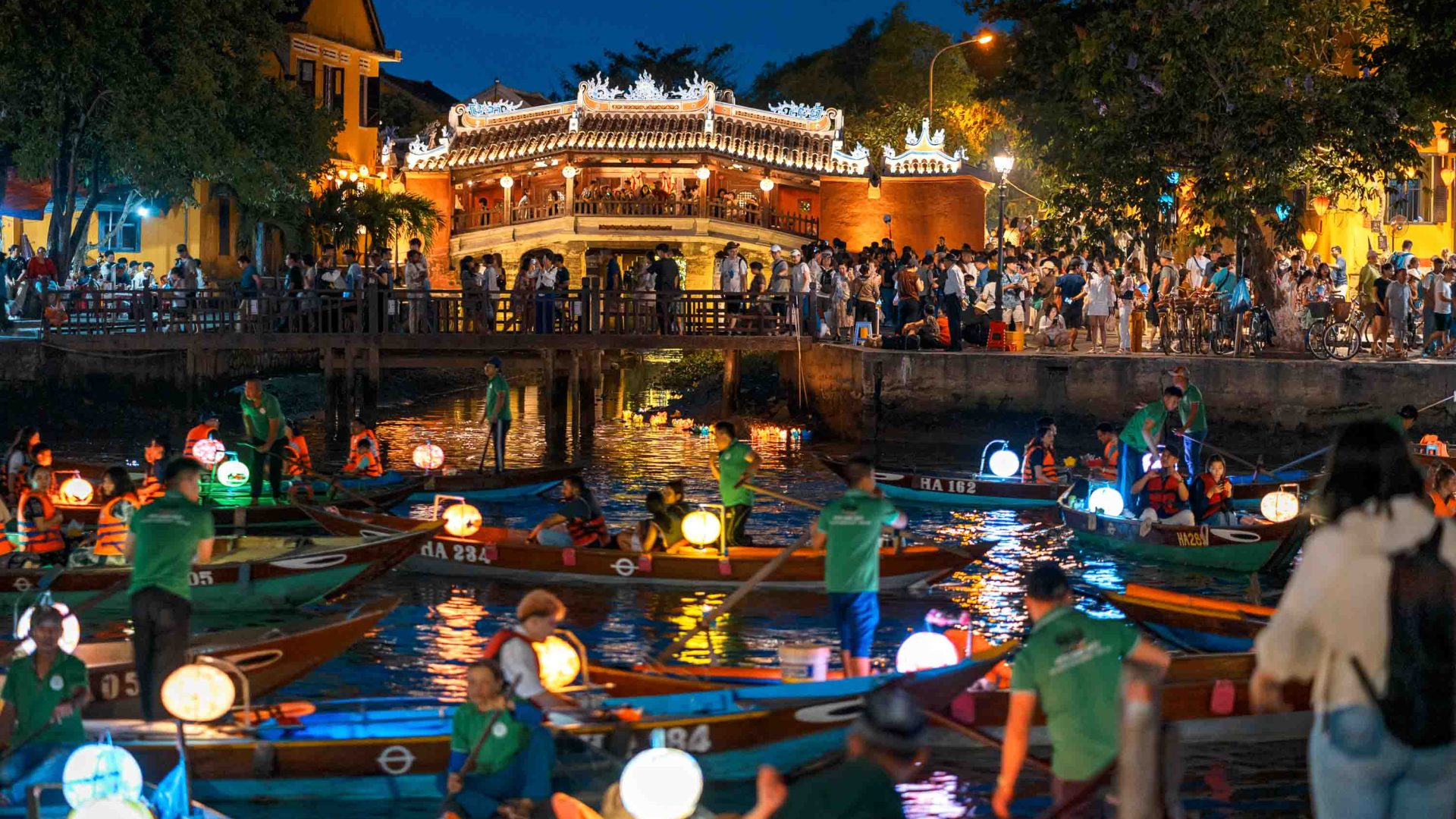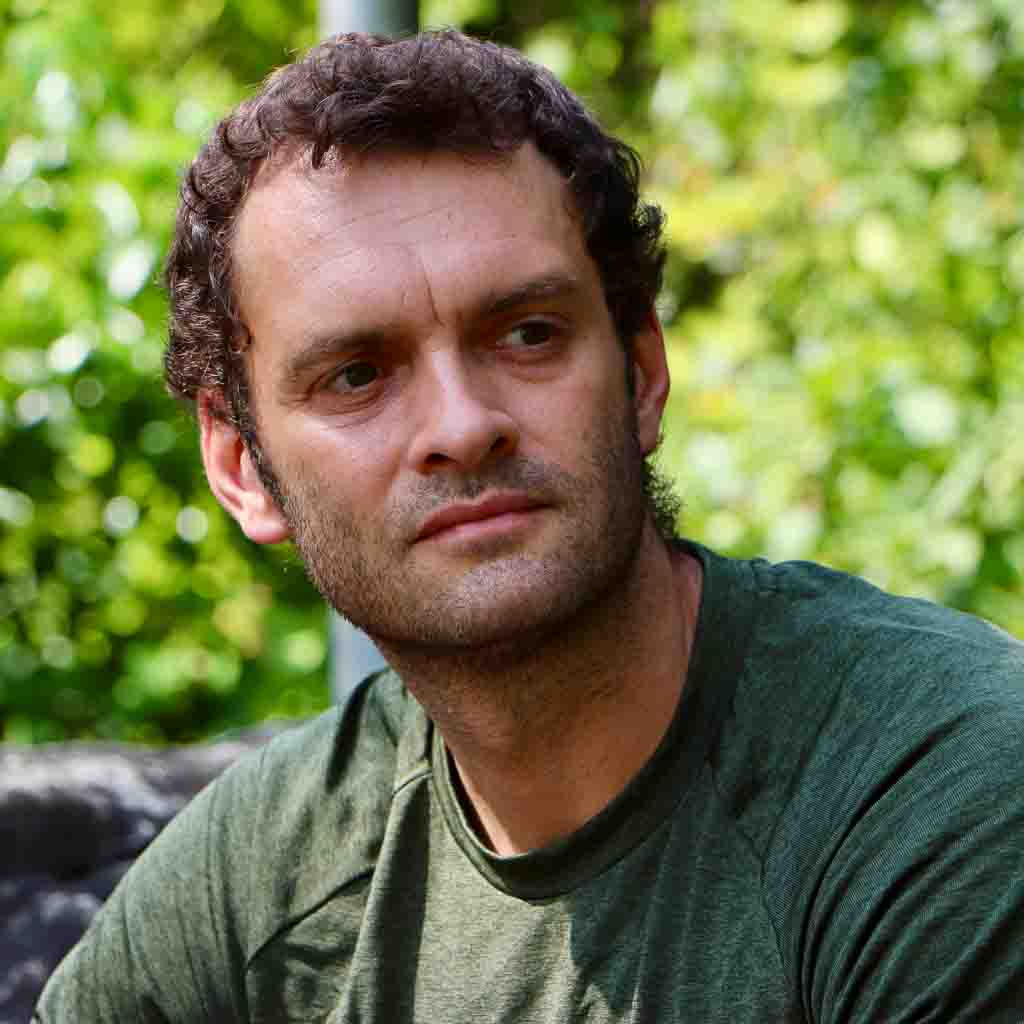Last year, thousands of people took to the streets across Europe in a spate of overtourism protests. Tourists were squirted with water pistols and frustrated protesters chanted “tourists go home.” The action was so significant that the BBC called it “the summer that tourism fell apart.”
And this weekend, it happened again.
Only this time the protests were bigger, better organized and more intentional. Spanning Italy, Portugal and Spain, thousands of people marched with one simple aim: To sound the alarm to policymakers, and to let them know that their rights, livelihoods and wellbeing should come before tourists, and that their countries and regions are not open for ‘touristification’.
It isn’t an unreasonable request—and it’s one that governments, councils, policymakers and tourism boards around the world simply cannot ignore. Countless communities around the world have had their livelihoods upended by unsustainable models of tourism that have turned their towns and cities into open-air museums, pushed rents to astronomical highs, left lasting cultural and environmental damage, and stretched infrastructure to the brink. Something has to change.
If you’re unfamiliar with the term, ‘overtourism’ is a word to describe the impacts of travelers inadvertently placing undue pressure on a destination’s infrastructure, environment and communities. It’s a complicated problem, but most easily described as a social and economic imbalance through which the benefits of tourism are felt by the few and the negative effects are felt by the many. While it’s a huge problem facing destinations around the world (Venice, Barcelona, Ha Long Bay to name a few), tourism also supports one in 10 jobs globally and contributes USD$10.9 trillion to global GDP. As such, it’s critical that we look for ways to improve tourism, and not abandon it entirely.
